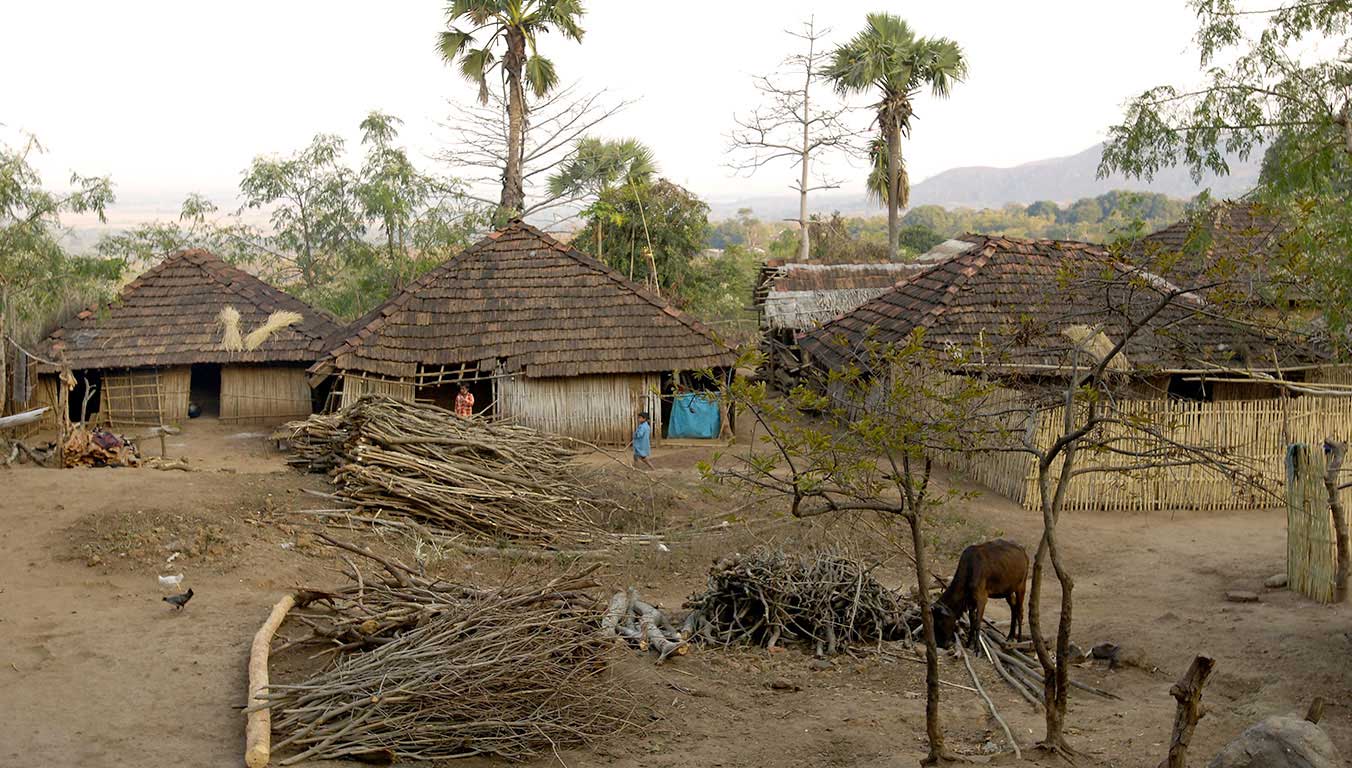Hey friends,
I hope you are doing well.
Today We are going to discuss about "Elevating Lives: Strategies for Enhancing Living Standards in Rural Areas"
Title: Elevating Lives: Strategies for Enhancing Living Standards in Rural Areas
Introduction:
In the pursuit of sustainable development, it is crucial to focus on uplifting living standards in rural areas where communities often face unique challenges. From limited access to resources to inadequate infrastructure, rural development demands thoughtful strategies that resonate with both the local population and broader societal goals. In this blog post, we will delve into actionable methods aimed at improving living standards in rural areas, incorporating high Search Engine Optimization (SEO) words to maximize visibility and impact.
1. **Infrastructure Overhaul: Paving the Way to Progress**
Investing in robust infrastructure is the cornerstone of rural development. Upgrading roads, bridges, and public transportation not only facilitates the movement of goods and services but also connects remote areas to urban centers, opening doors to new opportunities for the local population. Targeting keywords such as "rural infrastructure development" and "improved transportation networks" can boost the SEO performance of your content.
2. **Access to Clean Water and Sanitation: A Fundamental Right**
Ensuring access to clean water and sanitation is pivotal for enhancing living standards. Implementing sustainable water management systems and promoting sanitation practices can significantly impact health and well-being. Incorporate SEO-friendly terms like "rural water supply solutions" and "sanitation improvement initiatives" to reach a wider online audience.
3. **Promoting Sustainable Agriculture: Nurturing Prosperity**
Empowering rural communities through sustainable agriculture practices not only increases food security but also contributes to economic stability. Keywords such as "organic farming methods" and "sustainable agricultural development" can attract online users seeking information on these vital topics.
4. **Renewable Energy Initiatives: Powering Progress Responsibly**
Integrating renewable energy solutions into rural areas not only addresses environmental concerns but also provides a reliable source of power. Utilize SEO terms like "rural solar energy projects" and "wind power for rural communities" to optimize your content for search engines.
5. **Education and Skill Development: Unlocking Potential**
Investing in education and skill development programs is essential for empowering rural populations. Incorporate keywords like "rural education initiatives" and "skill training in remote areas" to enhance the discoverability of your content among those interested in supporting educational initiatives.
6. **Healthcare Accessibility: Building Healthy Communities**
Ensuring access to quality healthcare is paramount for improving living standards. Highlighting healthcare initiatives in your content with terms like "rural health clinics" and "accessible healthcare in remote areas" can attract attention from individuals and organizations committed to supporting such endeavors.
7. **Empowering Women and Marginalized Groups: Fostering Inclusivity**
Promoting gender equality and empowering marginalized groups are critical components of rural development. Use SEO terms like "women's empowerment projects" and "inclusive development strategies" to reach audiences passionate about fostering equality in rural areas.
Conclusion:
Elevating living standards in rural areas requires a comprehensive and strategic approach. By incorporating SEO-friendly keywords into your content, you can amplify the reach of your message, connecting with a broader audience and mobilizing support for initiatives that make a tangible difference in the lives of those in rural communities. Together, let us contribute to a more equitable and prosperous future for all.



